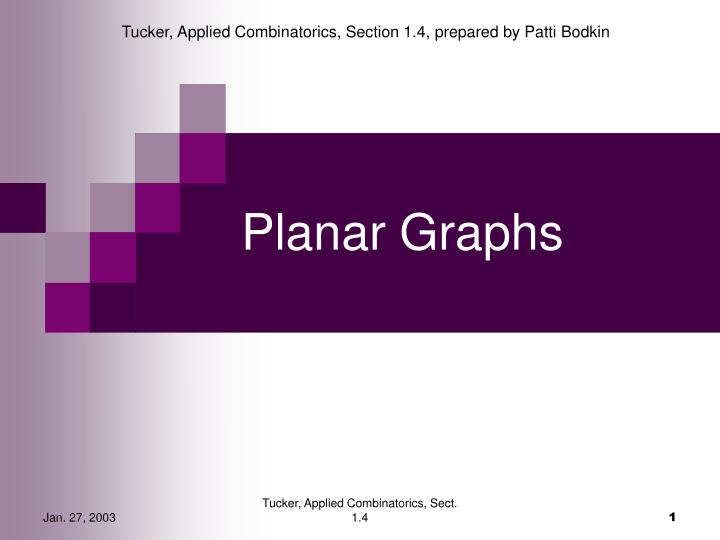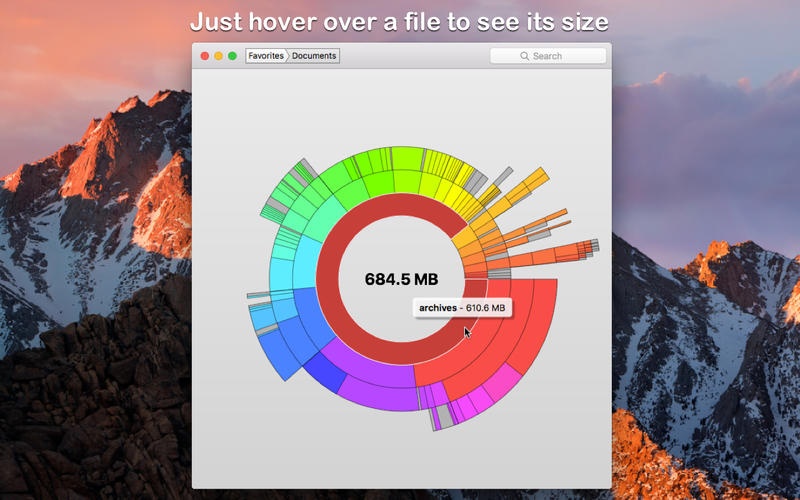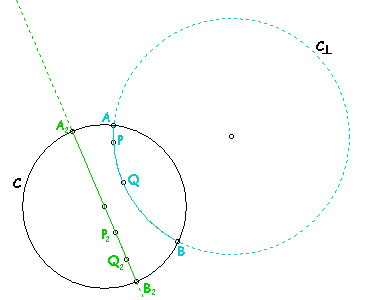


#PLANAR DISK GRAPH PROOF MAC#
Mac Lane's planarity criterion gives an algebraic characterization of finite planar graphs, via their cycle spaces.Whitney's planarity criterion gives a characterization based on the existence of an algebraic dual.If both theorem 1 and 2 fail, other methods may be used. These theorems provide necessary conditions for planarity that are not sufficient conditions, and therefore can only be used to prove a graph is not planar, not that it is planar. Therefore, by Theorem 2, it cannot be planar. The graph K 3,3, for example, has 6 vertices, 9 edges, and no cycles of length 3. In this sense, planar graphs are sparse graphs, in that they have only O( v) edges, asymptotically smaller than the maximum O( v 2). If there are no cycles of length 3, then e ≤ 2 v – 4. However, there exist fast algorithms for this problem: for a graph with n vertices, it is possible to determine in time O( n) (linear time) whether the graph may be planar or not (see planarity testing).įor a simple, connected, planar graph with v vertices and e edges and f faces, the following simple conditions hold for v ≥ 3:

In practice, it is difficult to use Kuratowski's criterion to quickly decide whether a given graph is planar. In the language of this theorem, K 5 and K 3,3 are the forbidden minors for the class of finite planar graphs.
#PLANAR DISK GRAPH PROOF SERIES#
This is now the Robertson–Seymour theorem, proved in a long series of papers. Klaus Wagner asked more generally whether any minor-closed class of graphs is determined by a finite set of " forbidden minors". Planarity criteria Kuratowski's and Wagner's theoremsĪn animation showing that the Petersen graph contains a minor isomorphic to the K 3,3 graph, and is therefore non-planar See " graph embedding" for other related topics. In this terminology, planar graphs have genus 0, since the plane (and the sphere) are surfaces of genus 0. Planar graphs generalize to graphs drawable on a surface of a given genus. Although a plane graph has an external or unbounded face, none of the faces of a planar map has a particular status. Plane graphs can be encoded by combinatorial maps or rotation systems.Īn equivalence class of topologically equivalent drawings on the sphere, usually with additional assumptions such as the absence of isthmuses, is called a planar map. A plane graph can be defined as a planar graph with a mapping from every node to a point on a plane, and from every edge to a plane curve on that plane, such that the extreme points of each curve are the points mapped from its end nodes, and all curves are disjoint except on their extreme points.Įvery graph that can be drawn on a plane can be drawn on the sphere as well, and vice versa, by means of stereographic projection. Such a drawing is called a plane graph or planar embedding of the graph. In other words, it can be drawn in such a way that no edges cross each other. In graph theory, a planar graph is a graph that can be embedded in the plane, i.e., it can be drawn on the plane in such a way that its edges intersect only at their endpoints. The proof is constructive and yields a quadratic time algorithm to obtain a subhamiltonian plane cycle for a given graph.Īs one of our main tools, which might be of independent interest, we devise an algorithm that, in a given 3-connected plane graph satisfying the above degree bounds, collapses each maximal separating triangle into a single edge such that the resulting graph is biconnected, contains no separating triangle, and no separation pair whose vertices are adjacent.Graph that can be embedded in the plane Example graphs Our results improve earlier work by Heath and by Bauernoppel and, independently, Bekos, Gronemann, and Raftopoulou, who showed that planar graphs of maximum degree three and four, respectively, are subhamiltonian planar. This degree bound is tight: We describe a family of triconnected planar graphs that are not subhamiltonian planar and where every vertex of a separating triangle has degree at most six. In fact, our result is stronger because we only require vertices of a separating triangle to have degree at most five, all other vertices may have arbitrary degree. A graph is subhamiltonian planar if it is a subgraph of a Hamiltonian planar graph or, equivalently, if it admits a 2-page book embedding. We show that every triconnected planar graph of maximum degree five is subhamiltonian planar.


 0 kommentar(er)
0 kommentar(er)
